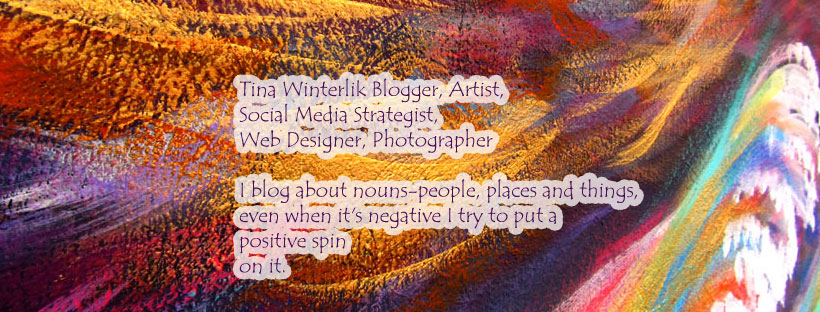January 2026
33 Kilos, 73 Pounds, and the Invisible Forces Behind Headlines
You might have seen the shocking news: a woman caught at YVR trying to fly to Frankfurt with 33 kilos of cannabis. The headline makes it sound like a wild stunt, or a “bad choice.” But pause — 33 kilos is about 73 pounds. That’s not a casual mistake. That’s a load heavy enough to crush any ordinary person under the weight of consequences.
The Human Angle:
We don’t know her story — and that’s exactly the point. Most people in headlines like this never get to tell their side. At this scale, it’s impossible that this was a simple “oops.” People are coerced, pressured, groomed, or cornered by circumstances that outsiders can barely imagine.
We live in a city like Vancouver, a global hub with sprawling ports, airports, and rising inequality. When systems fail — from low-paid security staff to fractured law enforcement — vulnerable people are the ones who get caught, while the networks that exploit them often remain invisible.
Patterns Behind the Shock:
- Organized crime exploits gaps and vulnerabilities.
- Many so-called “security” workers themselves are overworked, undertrained, or precarious.
- People carrying drugs across borders are rarely doing it out of free choice; coercion, threats, or deception are more common than headlines admit.
Why This Matters:
This story isn’t about judgment. It’s about noticing the cracks in our systems — the way poverty, immigration status, desperation, and city-wide inequality intersect with borders and law enforcement. It’s about empathy and holding space for the invisible side of these headlines.
Reflective Questions:
- How do systems protect the powerful while punishing the visible “mules”?
- What pressures might drive someone to take a risk this enormous?
- How can Vancouver avoid normalizing exploitation in the shadow of its globalized economy?
Closing Thought:
We may never know her story, but we can recognize the forces that corner people into impossible choices. Paying attention to the human side of headlines — even when it’s uncomfortable — is one small way to resist a system that too often punishes the vulnerable.
